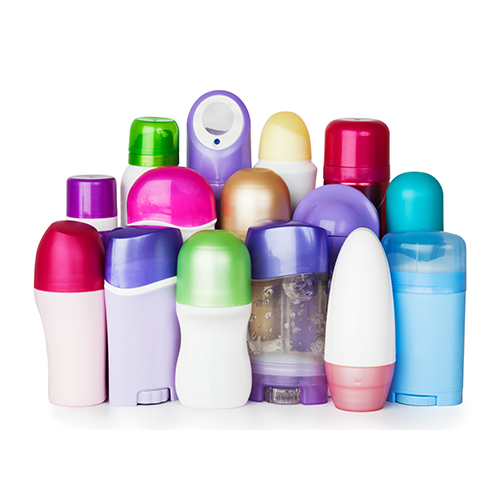

Cosmetics
Personal Care Products
Siloxanes are a group of chemicals that are, as the name suggests, derived from silicone are typically used in cosmetics and hair products to soften the skin, smooth out imperfections and moisturize an otherwise dry canvas.
Reference: http://bit.ly/1QkwZFW
Cyclomethicone and siloxanes are used in cosmetics to soften, smooth and moisten. Siloxanes are found in the vast majority of hair care and skin conditioning products on the market and leave hair and skin with a soft and silky feeling. Disclosure of ingredients on product labels of cosmetics is mandatory in Canada. Among the ways you can identify siloxanes in cosmetics is by looking for the term “siloxane” or “cyclomethicone” in the ingredient list. Siloxanes were evaluated for risks to human and environmental health under the Chemicals Management Plan. An analysis of exposure through cosmetic products showed that the substances do not present a risk to human health as currently used. After reviewing information on bioaccumulation of certain siloxanes, the Government of Canada concluded that Siloxane D5 and D6 are not harmful to human health. However, Siloxane D4 may cause harm to the environment or its biological diversity. The Government of Canada is developing measures to control the potential risks posed by Siloxane D4. Environment Canada will review and consider the development of additional risk management controls for Siloxane D4, if required, as more information becomes available.
Reference: http://bit.ly/1TpEUIy
Environment Canada assessments concluded that cyclotetrasiloxane and cylcopentasiloxane — also known as D4 and D5 — are toxic, persistent, and have the potential to bioaccumulate in aquatic organisms. Also, the European Union classifies D4 as a endocrine disruptor, based on evidence that it interferes with human hormone function, and a possible reproductive toxicant that may impair human fertility. In laboratory experiments, exposure to high doses of D5 has been shown to cause uterine tumours and harm to the reproductive and immune systems. D5 can also influence neurotransmitters in the nervous system. Structurally similar to D4 and D5, cyclohexasiloxane (or D6) is also persistent and has the potential to bioaccumulate. Environment Canada's assessment of D6 concluded that this third siloxane is not entering the environment in a quantity or concentration that endangers human health or the environment, but noted significant data gaps concerning its toxicity. Cyclomethicone is a mixture of D4, D5, and D6 siloxanes.
Reference: http://bit.ly/1Q0q0X5
No articles were found